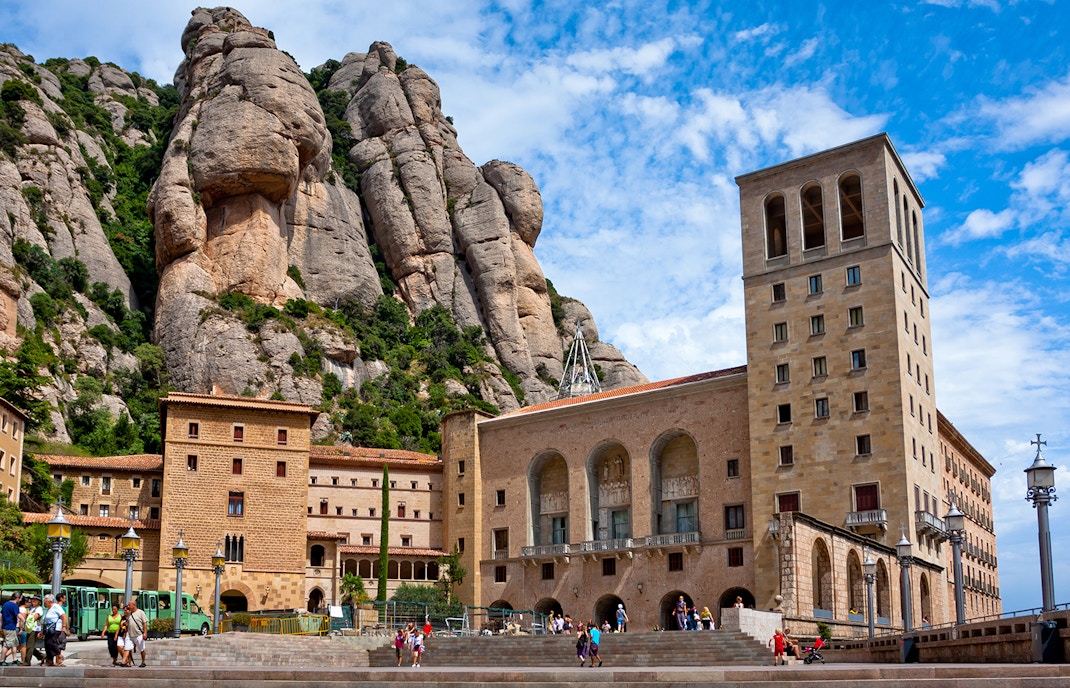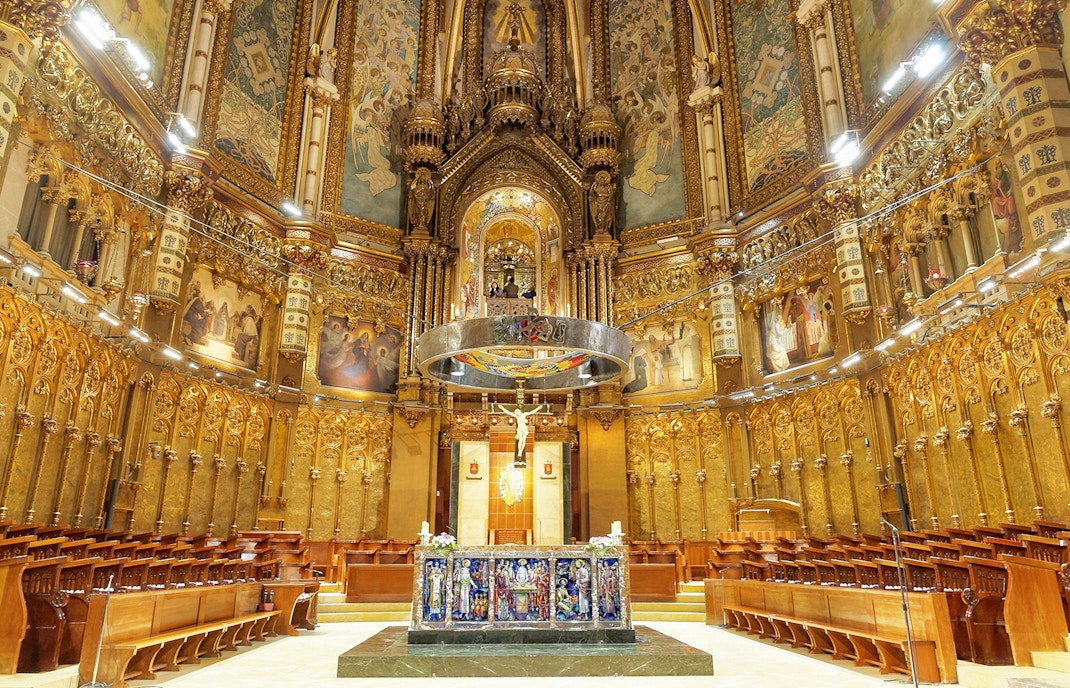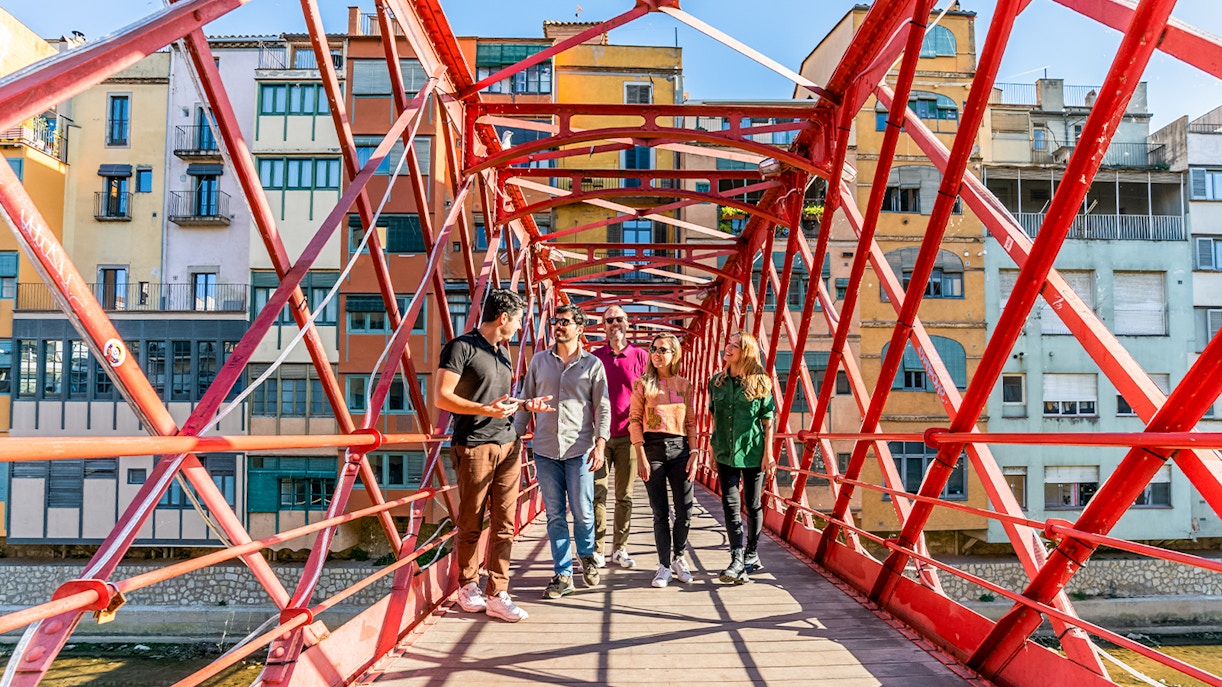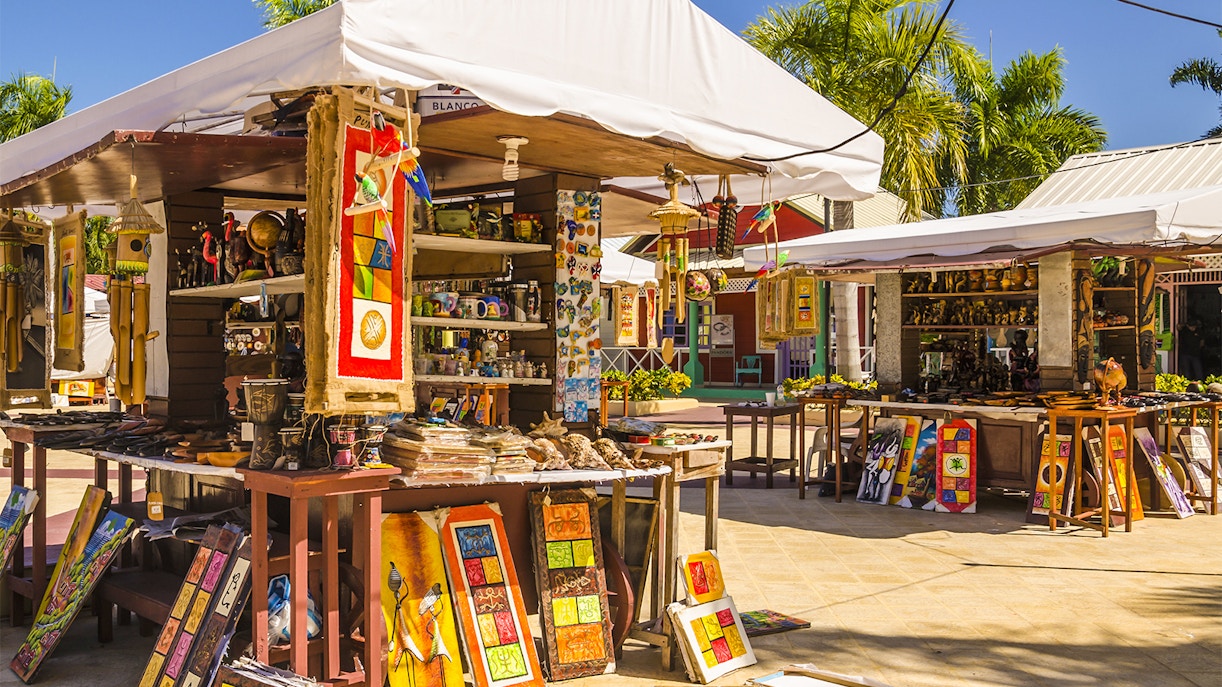Montserrat Monastery today
Today, Montserrat Monastery is home to around 80 monks and the children of the Escolania choir. It has become a famous pilgrimage center in Spain and is a thriving community known for its cultural and historical relevance. Montserrat Museum is also one of the most complete galleries in Spain with works by Caravaggio, El Greco, Degas, Monet, Ramon Casas, Santiago Rusiñol, Picasso and Dalí.
What role do monks play at Montserrat today?
Today, approximately 100 monks reside at Montserrat Monastery, continuing their dedication to prayer, work, and community service. They conduct daily religious services, care for the Black Madonna, and maintain traditions such as the famous Montserrat Boys’ Choir. The monks also engage with visitors, providing insights into their monastic life and fostering a welcoming atmosphere for pilgrims and tourists alike.
Plan your visit to Montserrat Monastery




















